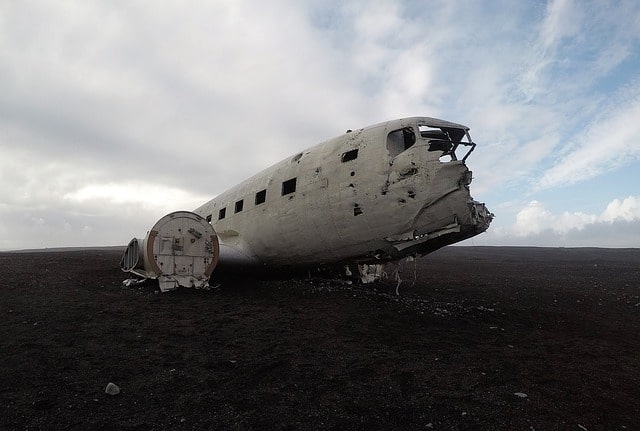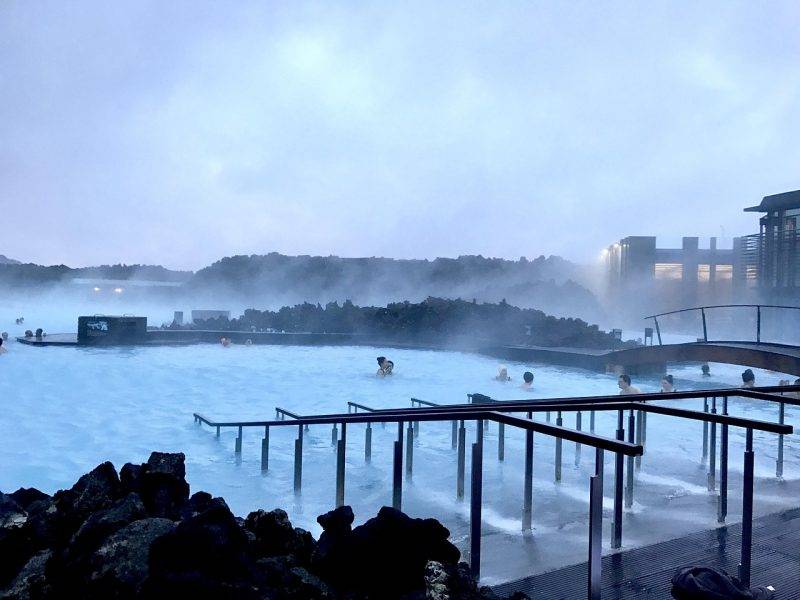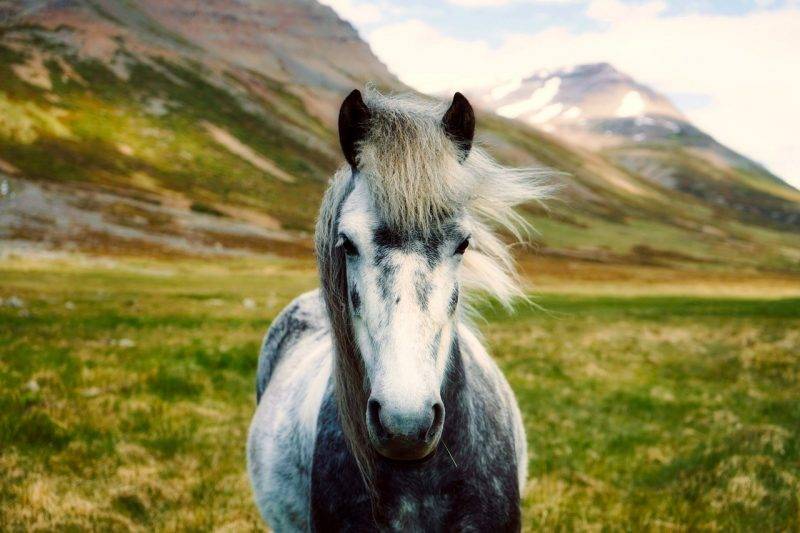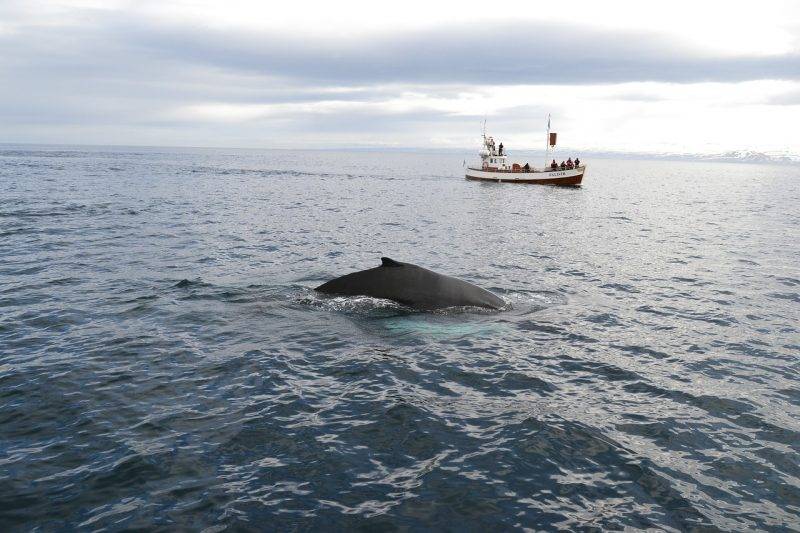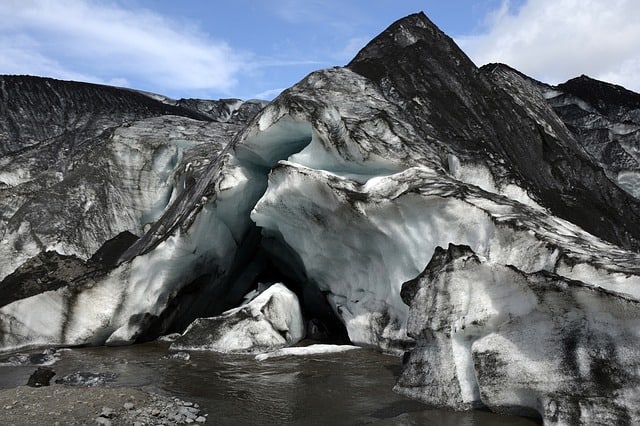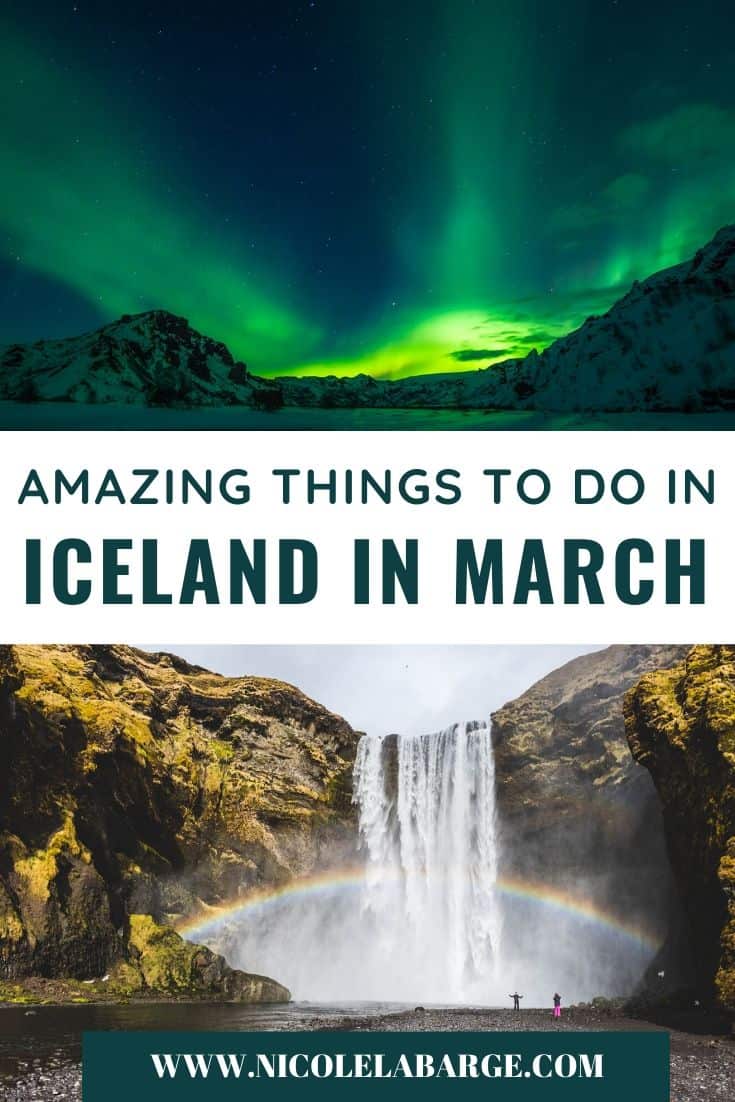16 Things to do in Iceland in March
16 Reasons Why visiting Iceland in March is the best time
Iceland is one of those places it doesn’t matter when you visit you will love it. The only thing to remember about visiting Iceland in March or spring is to be prepared for cold, rain or beautiful sunshine.
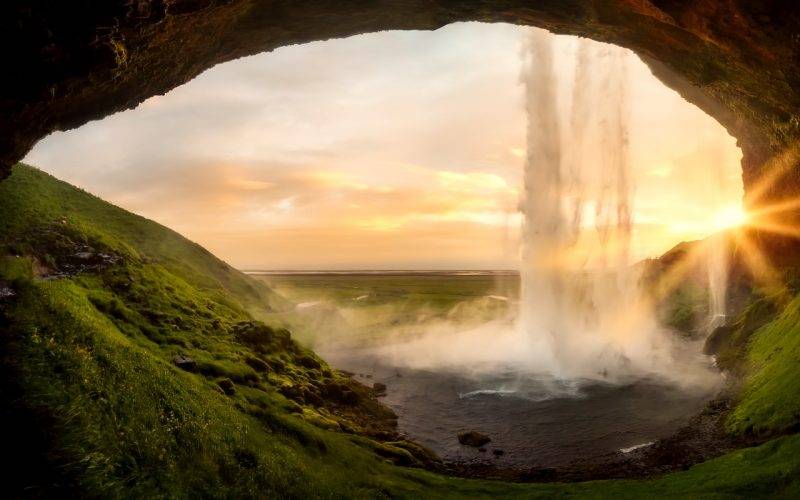
One of the advantages of visiting Iceland in March is seeing the beautiful landscape covered in a blanket of snow with fewer tourists.
Iceland is a rugged, mountainous place with beautiful coastlines and tourism has increased dramatically over the last few years.
One of the main reasons for the increased tourism is the diverse range of things to do and see, from a road trip to see natural wonders, wildlife, cosmopolitan cities, and numerous wonders.
Iceland Weather in March
March in Iceland is all over the place. In March you can experience many unique things that are different or nonexistent at other times for the year, due to the weather or snow formation.
This time of the year there is only 6-7 hours of daylight each day, with the sun setting early and rising late. The average temperature in Iceland in March is between 28 degrees Fahrenheit to 38 degrees.
March in Iceland gets around 3 inches of precipitation which can be either rain or snow.
One of the most important things to buy for your trip to Iceland is a great pair of hiking boots. Check out my post on the best hiking boots for Iceland.
The Best Things to do in March in Iceland
Visit the Golden Circle
The Golden Circle is a tourist route in Iceland that includes three major tourist attractions in southwest Iceland. The term ‘golden circle’ refers to the route itself, in which you begin in Reykjavik (Iceland capital) and travel to all three tourist destinations before looping back to Reykjavik.
The Golden Circle is one of the biggest tourist attractions in Iceland due to the beauty and uniqueness of each location. Due to being towards the end of Iceland’s winter months, March is a great time of year to travel the Golden Circle. Because of the close proximity of each location, you could easily drive this route in just one day.
The three stunning locations within the Golden Circle are:
Þingvellir National Park is the only UNESCO World Heritage Site in Iceland and therefore holds much historical, geographical and cultural significance to Iceland. When visiting Þingvellir, you can walk the path of early Icelandic parliament and where Iceland gained full independence from Denmark 1944.
Also, interestingly, Þingvellir is constantly expanding. Due to the tectonic plates, located underneath the ground that are moving in opposite directions. This causes the land below to slowly grow apart and expand.
Geysir Geothermal Area is a famous hot spring that erupts boiling water every few minutes, so beware and have your cameras ready! Some say that the Geysir has been erupting for over 10,000 years making it a strong aspect of the Icelandic history. For a while it was privately owned by multiple people, before it was donated to the Icelandic people in 1935.
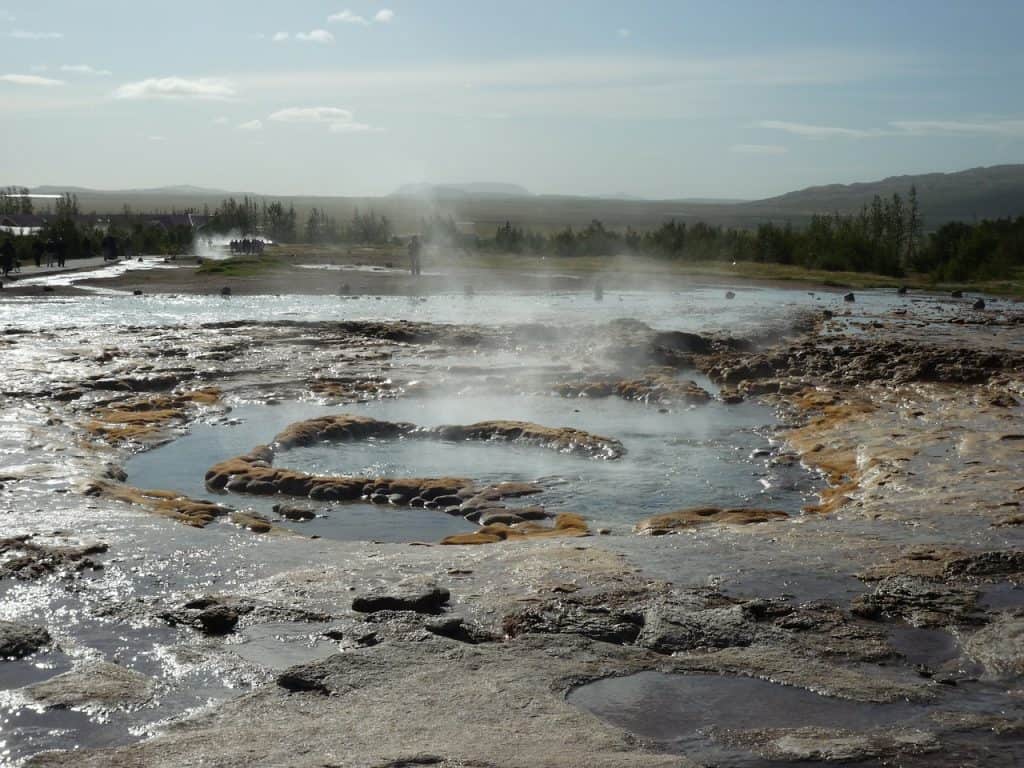
Gullfoss waterfall, believed to be the inspiration behind the routes name of “Golden Circle”. The Gullfoss waterfall is a two-tier waterfall known for the beautiful rainbows that the waterfall produces in sunshine. The waterfall is also known for the golden light during sunset.
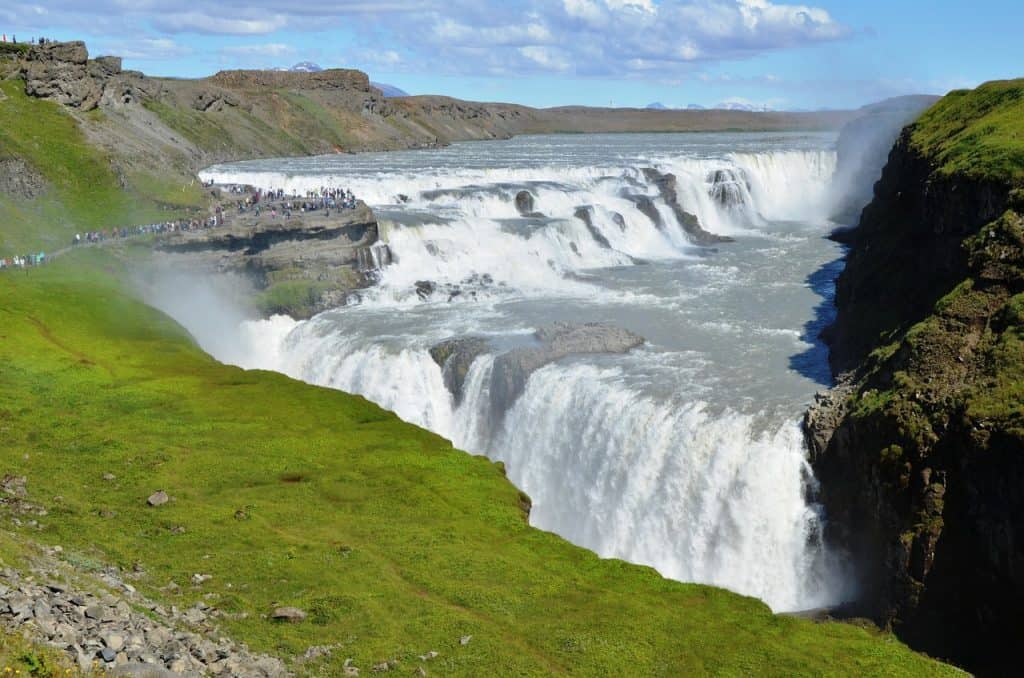
READ MORE on my site: Golden Circle Iceland
Find the Solheimasandur Plane Wreck
In 1973 a United States Navy plane crashed on the black beach of Solheimasandur, in southern Iceland. Luckily, no one was severely injured, and everyone survived the crash.
Almost 50 years following the crash, the remains of the plane still remain on the black beach! There is no road leading to the plane wreckage and driving on the sand to get there, is strictly prohibited. Rather, there is a carpark on the side of the motorway where the walking trail begins, and to get to the plane is about a 2-hour walk!
Due to the remote location of the wreckage, it is definitely recommended you do not go during bad weather, such as snow and heavy winds as it could be dangerous to get to and the heavy winds can cause sandstorms to occur. During the month of March, snow typically doesn’t fall as frequent as it does during the previous winter months. So, it should be a good time of year to visit the Solheimasandur plane wreck!
Take a trip to the Blue Lagoon
Located in southwest Iceland just north of Grindavik, the Blue Lagoon is one of the top tourist attractions in Iceland year-round. The blue lagoon is a geothermal spa which essentially means the water is geothermally heated through the earth’s crust.
These pools can be found all over the world, but Iceland’s Blue Lagoon specifically gains much attraction and high tourism throughout the year.
Visit the Black Sand Beach
Black sand beaches are found all over Iceland however, the most popular ones are found along the southern coast. These beaches attract much tourist interest due to the breath-taking beauty and uniqueness of them.
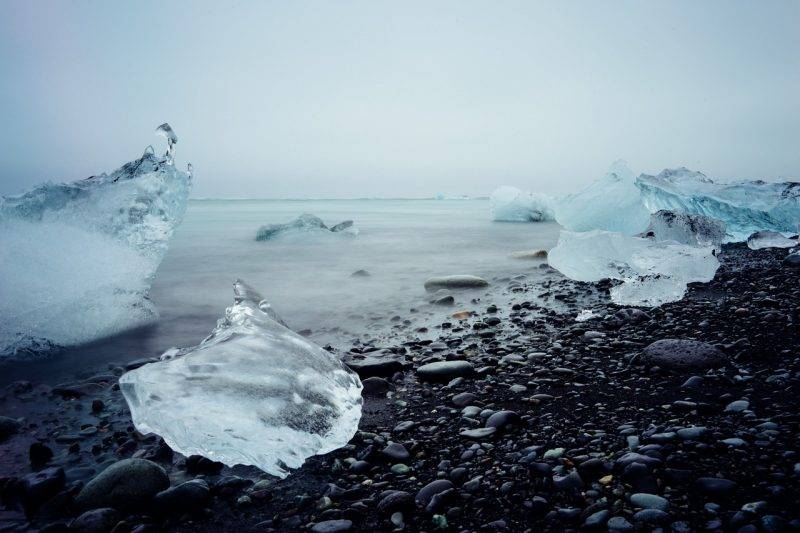
One black sand beach that is considered a must visit is the Reynisfjara black sand beach! Located about 2.5 hours south of Reykjavik, Reynisfjara is a popular place for tourists and photo opportunities due largely to not only the black sand but the beautiful panoramic views of the basalt stacks and the Atlantic Ocean!
In fact, Reynisfjara is so stunning that in 1991, National Geographic labeled Reynisfjara in their list of top 10 non-tropical beaches in the world. Reynisfjara is also the location of many urban legends and myths as well as a filming spot of the television series ‘Game of Thrones’.
With the beauty also comes danger, visitors of the Reynisfjara black sand beach are warned to stay far away from the water due to the strength and rapid waves that have been known to sweep people out into the freezing cold Atlantic Ocean.
See the Northern Lights
The northern lights are essentially bright lights in the sky resulting from particles from the sun entering through the earth’s atmosphere.
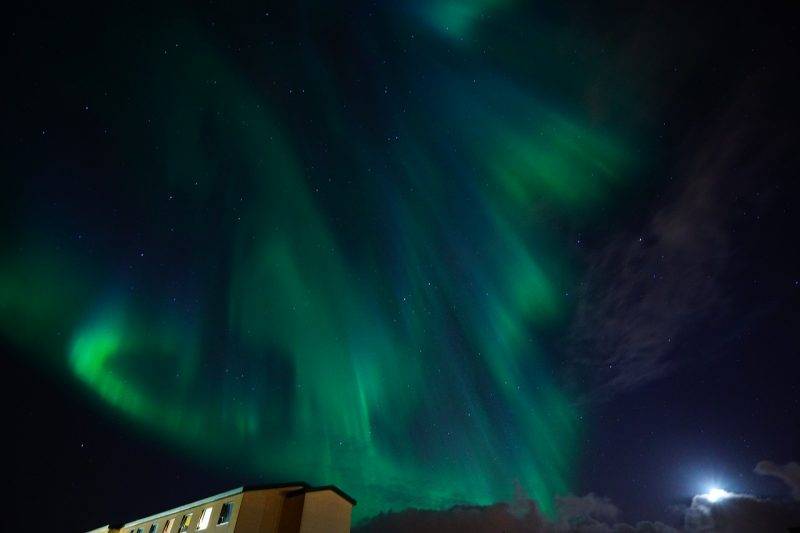
The most common colour is a light green. However, it is also possible to see purples, oranges, reds and blues. Due to the location, Iceland is the ideal place to view the northern lights and is a key reason why so many tourists flock to Iceland each year.
The northern lights are generally only visible during the colder and darker months making March an ideal time to get a glimpse at the dancing lights in the sky.
Go Horse-back Riding
The Icelandic horse is a special breed of horses originating from Iceland. To protect the nature and breeding of these horses, Icelandic law states that no other breeds of horses are permitted entrance to the country.
Nor are any other animals who have previously left the country permitted entrance back. The horses are known for their resistance against Iceland’s cold winter weather. So, tourists are able to ride these special horses year-round without worry.
Go exploring in the Ice Caves
The ice caves are one of the biggest attractions, bringing in many tourists from all over the world each year. The caves are formed during the colder winter months when water runs through or under glaciers, which form the caves.
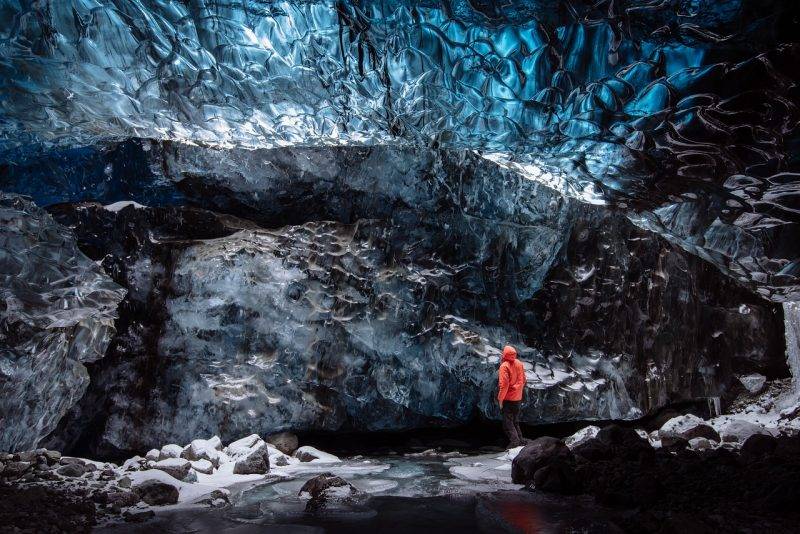
In fact, this leads to new and different caves forming each year making each year a different experience from the last.
The caves are only accessible from mid-October to late-March. Making March an ideal time and last opportunity to visit the caves for the next 6 months. You can only visit the caves by exploring with an experienced tour guide due to the dangers that could come with doing the excursion on your own.
Whale Watching Tour
Iceland has quickly over the last few years become the number one best whale watching location in Europe; making it a must do on your visit to Iceland!
There are many places through the country that offer great whale watching tours and experiences. This makes it easy to accommodate a tour to your trip, wherever you decide to go! Due to march being a colder month, it is a possibility that due to the weather conditions the tours might get cancelled.
However, many of the companies offer to place on you on other tours, free of cost. Additionally, a big benefit of visiting Iceland and going on a whale watching tour during March is that the tourism is low so you’re more likely to get a better view and a less populated tour.
Celebrate National Beer Day
Prohibition (the banning of alcohol consumption) lasted in Iceland for 74 years beginning on 1st January 1915 and officially ended on 1st March 1989. To celebrate, 1st of March of each year is National Beer Day.
Although there isn’t an official holiday or big celebration to occur many Icelanders head down to the local bars and spend the day drinking beer! Many bars in Iceland also have promotional offers on the day to get in the beer drinking spirit
Sólheimajökull Glacier Hike
Glacier hikes are often at the top of many “to-do” lists when visiting Iceland, and for good reason too. Iceland’s glaciers are the most fascinating and mesmerizing glaciers in the world.
There are many ways to experience a glacier on your trip to Iceland, but one of the best ways is go on a hike! This way, you get to experience the beauty of the glaciers up close and personal.
The Sólheimajökull Glacier, is one of the major glaciers in Iceland, located just off the Ring Road in southern Iceland. Sólheimajökull is an iconic glacier in Iceland and arguably the most well known and most visited.
It is only located approximately 2.5 hours from Reykjavik so makes for a perfect day trio activity if you’re staying in the capital. Glacier hikes are also open all year, making it the ideal activity whenever you decide to go.
Unfortunately, Sólheimajökull is often referred to as the “shrinking glacier” due to the rapid rate that the glacier is melting away and shrinking. Some experts say, that in some decades to come the glacier may completely disappear. Making it a must-do on your trip to Iceland, before it’s too late.
Go Snowboarding
The snowboarding culture in Iceland is ever growing and becoming more popular and more of a tourist attraction in recent years. Snowboarding in Iceland is not offered year-round however, with the resorts only open from November to May – making March a perfect opportunity to add snowboarding to your Iceland itinerary.
Snowboarding in Iceland is so unique that it cannot be experienced anywhere else. In Iceland, you can snowboard from the mountains down to the ocean and even better, on a clear sky you can even snowboard under the Northern Lights! Although snowboarding might not be the first choice for a beginner, there are plenty of instructors on hand at all the resorts, ready and willing to help.
Go Skiing
Similar to snowboarding, skiing is only offered in Iceland November to May and is a unique experience only offered in Iceland. Unlike snowboarding, skiing generally speaking is a lot easier to learn if you’re a beginner, making it the top choice to do while visiting the island. Much like snowboarding, skiing in
Iceland is a unique experience and something that will not be replicated elsewhere – where else can you ski under the Northern Lights?
Snorkel Silfra Fissure
Located in Þingvellir National Park, (one of the wonders of the Golden Circle) is a fresh water fissure, Silfra. The clear water, and beautiful surroundings makes it to be one of the best dive sites in the world.
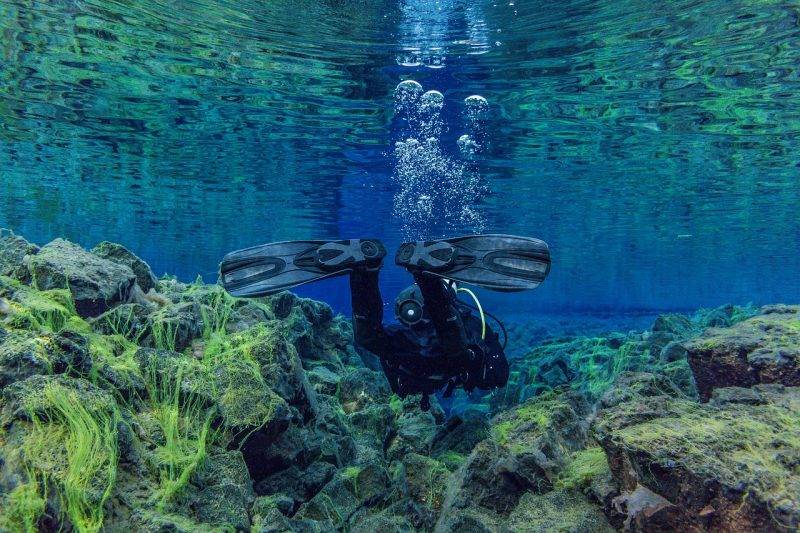
The fissure was created in the 1700’s due to the movements of the tectonic plates in the area. Diving and snorkeling tours are open year-round due to the water never freezing over during the winter months. The water is so clear that it allows you to see up to 100 meters under the water, making this a must do while on your trip to Iceland.
Drive the Ring Road around Iceland
The ring road in a single route in Iceland that travels all around the island visiting many great attractions along the way! Because of all the amazing attraction pitstops and photo opportunities along the way it is recommended to do the trip over the course of a week.
However, if visiting Iceland in March, due to the winter conditions and potential road hazards and snow blizzards that could occur, it is recommended to do the trip over 2 weeks during these winter months.
Take a dip in the Hot Springs
The Blue Lagoon is definitely the most well-known hot springs pool in the nation; however, it is definitely not the only! There are hot spring pools scattered all throughout Iceland, making it very easy to get to one wherever you decide to stay during your trip. One of the best things about these hot springs are that they’re open all year round.
Try the local Cuisine
Iceland may not be well known for its cuisine but it should be. Around the country there is an abundance of restaurants and even food tours which you can take to discover the best of this cuisine.
This is a great January plan when it is cold outside and you can warm up with a nice hot meal and drinks. Friðheimar is a great place to sample soups, refreshing drinks, desserts, along with other typical dishes. Another unique restaurant to eat at is The Pearl , which is a revolving restaurant with incredible views of Reykjavik.
Alternatively, if you want to take discover more of the countries cuisine, you can join a half day tour which is a 4 hour walking tour with 13 dishes to sample, along with information on Icelandic food, and much more.
Conclusion – visiting Iceland in March and Iceland in March weather
Visiting Iceland is a one of a kind adventure with lost of places to discover and a true winter wonderland to explore. This time of the year offers you great opportunities to see the northern lights as well as glacier trek and visiting the snow caves. The Iceland March weather will be unpredictable but as long as you are prepared you will enjoy it.
Sharing is Caring! Pin this article to save for later.
Continue Reading More on my website:
Where to see Puffins in Iceland
Self Drive Iceland Golden Circle
How to choose the best reusable water bottle
Recent Posts
Welcome to the enchanting world of Óbidos, a medieval gem nestled in the heart of Portugal. If you are wondering what to do in Obidos, you are in the right place. This list of best things to do in...
15 Best Things to do in Nazare: Guide to Portugal's Surf Paradise
Embracing Nazaré’s Coastal Charm Nestled along Portugal's Silver Coast, Nazaré is a picturesque fishing village that has recently soared in popularity, not just for its rich history but for...


